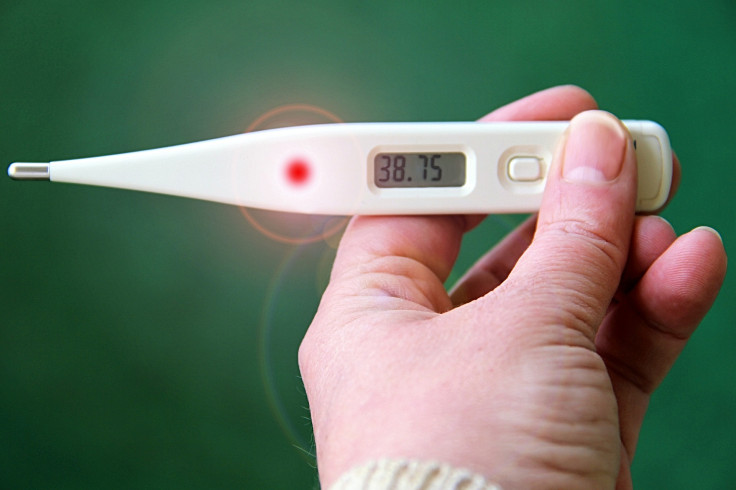This Is How Many Malaria Cases The US Records Every Year

The United States has witnessed an uptick in locally acquired malaria cases, with at least seven reported over the past two months. This marked the first instance of local transmission of the disease in 20 years.
Last month, the Centers for Disease Control and Prevention (CDC) issued a public health alert, urging doctors, public health authorities and the general public to remain vigilant due to the concerning risk of malaria.
Of the seven reported cases, six were identified in Sarasota County, Florida, while the remaining case was identified in Cameron County, Texas. What is particularly alarming is that none of the patients had traveled outside their respective states before contracting the parasite, raising concerns about the potential for further spread within local communities.
Malaria was declared eliminated as a major national public health problem in the U.S. back in 1951. However, the parasite has managed to resurface annually, with the country recording approximately 2,000 malaria cases each year. The cases primarily involve individuals returning to the country after traveling abroad, according to USA Today.
In 2021, Florida and Texas collectively reported 156 cases of malaria, all attributed to individuals who had recently traveled internationally.
Rhoel Dinglasan, a professor of infectious diseases at the University of Florida's College of Veterinary Medicine, said via the Sarasota Herald-Tribune that cases of locally acquired malaria are relatively uncommon. The last recorded outbreak of such cases occurred in 2003 when Palm Beach County documented eight instances.
Although transmission within the U.S. is limited, the recent rise in malaria cases serves as a reminder that despite the disease being eradicated in many nations, continued vigilance and adherence to preventive measures are crucial.
Malaria is a disease spread through the bite of infected female mosquitoes from the genus Anopheles. The symptoms of malaria, such as chills, fever, headache, nausea, body aches and diarrhea, can often be mistaken for those of the flu, common cold, or even COVID-19.
The most common signs of malaria, including fever, chills, headaches, muscle aches, and fatigue, typically manifest within seven to 30 days after infection. When left untreated, the disease can progress to more severe symptoms, such as impaired consciousness, difficulty breathing, convulsions, abnormal bleeding and even death.
The CDC recommends the use of "mosquito avoidance measures" when going outdoors. Using EPA-approved mosquito repellent on both the skin and clothing, wearing long-sleeved shirts and pants, staying in well-screened areas and utilizing insecticide-treated bed nets while camping are some of the suggested measures against malaria.
Travelers, especially those heading to sub-Saharan Africa, the Indian subcontinent, Southeast Asia, or tropical South and Central America, are advised to consult with healthcare professionals regarding vaccines and prescription antimalarial medications for disease prevention.
Published by Medicaldaily.com



























